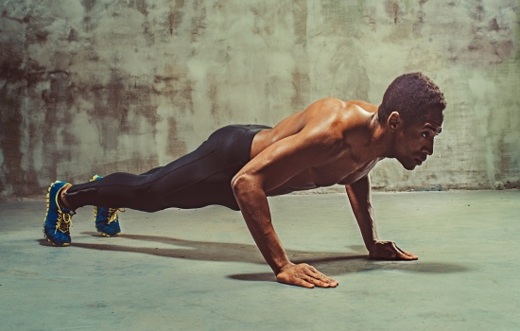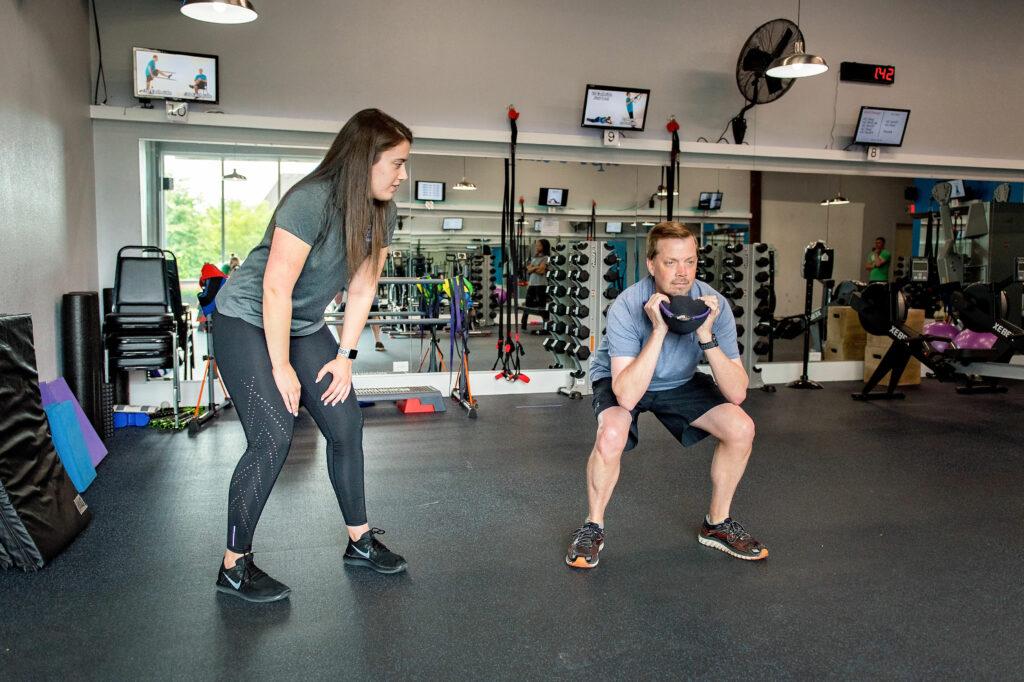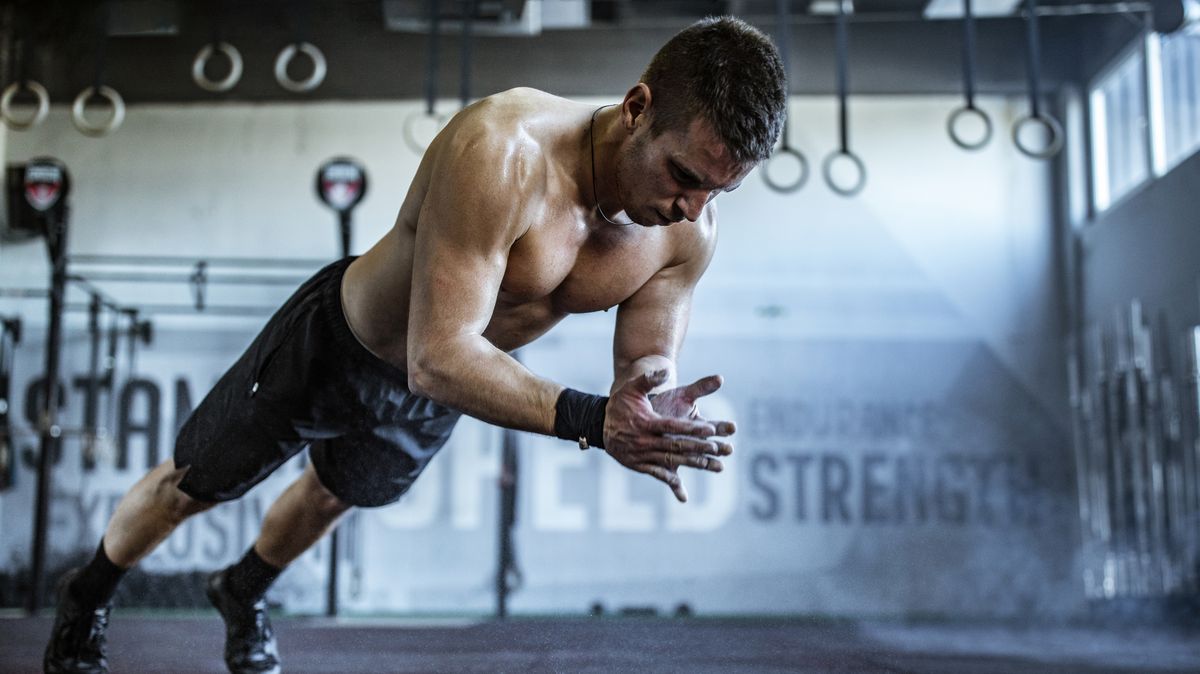Planks have become a staple in fitness routines, and for a good reason. They are one of the most effective exercises for building core strength, improving stability, and toning the abdominal muscles. However, the burning question on everyone’s mind is, “how long to hold a plank should I hold a plank to see real results?” In this article, we will delve into the science of planks and uncover the ideal duration that will yield significant benefits.
Understanding Planks

Before we dive into the duration, let’s understand what planks are and how long to hold a plank they are performed. Planks are static exercises where you hold a push-up position, supporting your body with your forearms and toes. This seemingly simple exercise engages multiple muscle groups, including the rectus abdominis, transverse abdominis, obliques, and back muscles.The benefits of planks extend beyond a chiseled six-pack. They improve overall body strength, enhance posture, and contribute to a stable core that supports everyday movements and athletic performance. Roller Wheel This roller wheel is designed to engage your core muscles and help you perform more effective planks.
Factors Affecting Plank Duration
The duration of a plank varies from person to person, depending on several factors. Individual fitness levels play a vital role in determining how long to hold a plank long you can hold a plank effectively. A beginner may find it challenging to maintain a plank for an extended period, while a seasoned athlete might breeze through several minutes effortlessly.
Age, body weight, and muscle strength are additional factors that influence plank duration. Younger individuals with higher muscle mass tend to have an advantage over older adults or those with lower muscle strength.
Setting Goals

Setting realistic goals is essential when it comes to planks. It is crucial to start with a duration that challenges you without causing injury or strain. Begin with shorter plank how long to hold a plank and gradually increase the time as you progress. Setting incremental targets will keep you motivated and prevent discouragement. Dumbbells Incorporating dumbbells into your plank routine can add an extra challenge and boost upper body strength.
Progression Techniques
To continuously challenge yourself and avoid plateauing, incorporate plank progression techniques into your routine. Side planks, where you balance on one forearm and the side of your foot, engage the obliques and add variety to your workout. Elevated planks, with your hands on a raised surface, increase the difficulty and target your shoulders and upper body.
Dynamic planks, such as plank jacks or knee-to-elbow planks, add movement to the exercise, further engaging the core muscles and increasing calorie burn.
Form and Technique

To maximize the benefits of planks and minimize the risk of injury, proper form and technique are essential. Maintain a straight line from your head to your heels, ensuring your hips don’t sag or rise too high. Keep your core engaged throughout the hold, and breathe steadily to prevent breath-holding, which can lead to tension and discomfort. Yoga blocks can be used to modify plank exercises and provide better support for your wrists.
Listening to Your Body
While pushing yourself is essential for progress, it is equally crucial to listen to your body during plank exercises. Feeling a burning sensation in your muscles is normal, but sharp pain or discomfort is a sign to stop. Overexertion can lead to injury, so it’s crucial to find a balance between effort and caution.
Common Mistakes to Avoid

To get the most out of your plank routine, be aware of common mistakes and pitfalls. Avoid arching your back or letting your hips sink, as this reduces the effectiveness of the exercise. Also, refrain from locking your knees, as it puts unnecessary stress on the joint. Resistance Bands Incorporate resistance bands into your plank routine to add extra challenge and target different muscle groups. They are versatile and perfect for enhancing your core strength.
Sample Plank Routine
For those just starting, begin with a 20 to 30-second plank hold and gradually add 5 to 10 seconds every few days. Aim to work up to a 1-minute plank hold for beginners and 2 to 3 minutes for more advanced practitioners.
Benefits Beyond Abs

While the primary focus of planks is often on achieving well-defined abs, the benefits go beyond aesthetics. how long to hold a plank Regular plank exercises contribute to improved posture and reduced back pain by strengthening the muscles that support the spine. Fitness Tracker Keep track of your plank progress and other workouts with a fitness tracker. It can help monitor your form, time, and set goals for improvement.
Mixing Planks with Other Exercises
For a well-rounded workout, consider combining planks with other exercises. Incorporate them into a full-body routine that targets different muscle groups.how long to hold a plank Exercises like squats, lunges, and push-ups complement planks and create a comprehensive workout plan.
Conclusion
In conclusion, the duration you need to hold a plank to see real results depends on various factors, including your fitness level, age, and muscle strength. Set achievable goals, focus on maintaining proper form, and progress gradually to avoid injury and get the most out of your plank routine. how long to hold a plank Consistency and patience are key, and by incorporating planks into a well-rounded fitness regimen, you’ll experience the countless benefits this simple yet powerful exercise has to offer. So, get on the floor, hold that plank, and watch your body transform in ways you never thought possible!
FAQs
Can planks help reduce belly fat?
Planks can contribute to overall fat loss, but spot reduction is not possible. Combined with a balanced diet and cardio exercises, planks can help in shedding belly fat.
Can I plank every day?
Yes, planking daily is possible, but ensure you allow your muscles to recover by targeting different muscle groups on alternate days.
Can I plank with a weak core?
If you have a weak core, start with modified planks on your knees and gradually progress to full planks as your strength improves.
Is planking suitable for everyone?
Planking is generally safe for most people. However, individuals with existing health conditions should consult a healthcare professional before starting any exercise program.
Can I plank during pregnancy?
Pregnant women should avoid lying on their stomachs. Modified side planks or other safe prenatal exercises are recommended.
How long does it take to see visible results from planking?
Visible results may vary depending on factors like frequency, intensity, diet, and individual body composition. how long to hold a plank Consistent planking and a healthy lifestyle can yield noticeable results in a few weeks.




